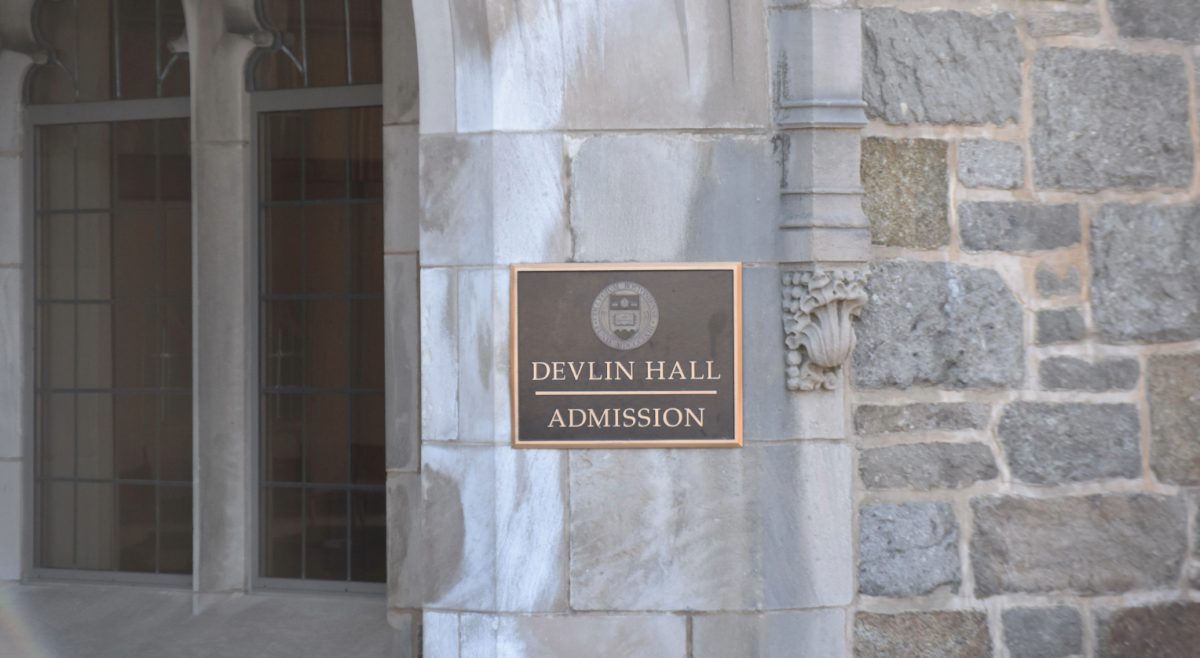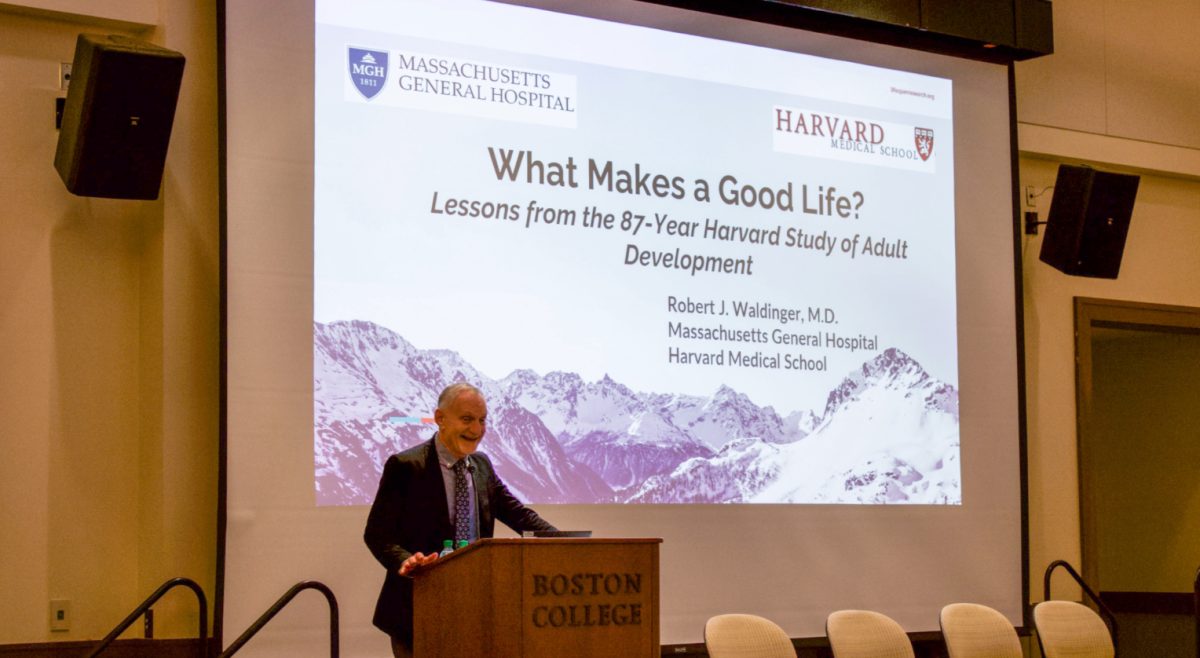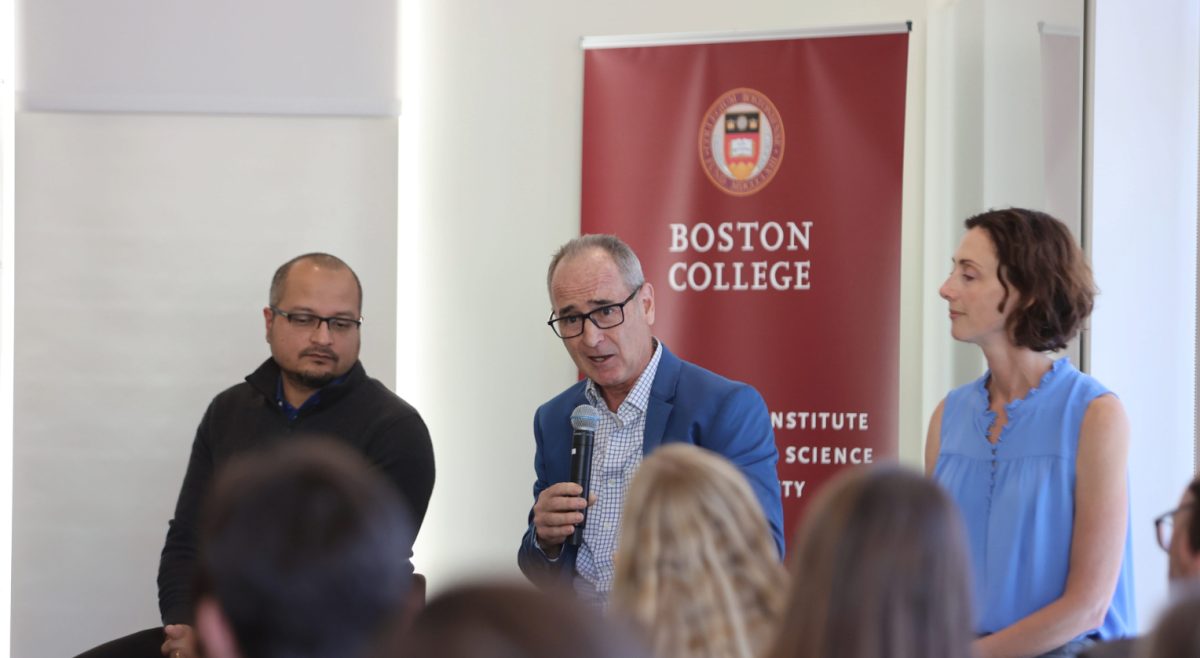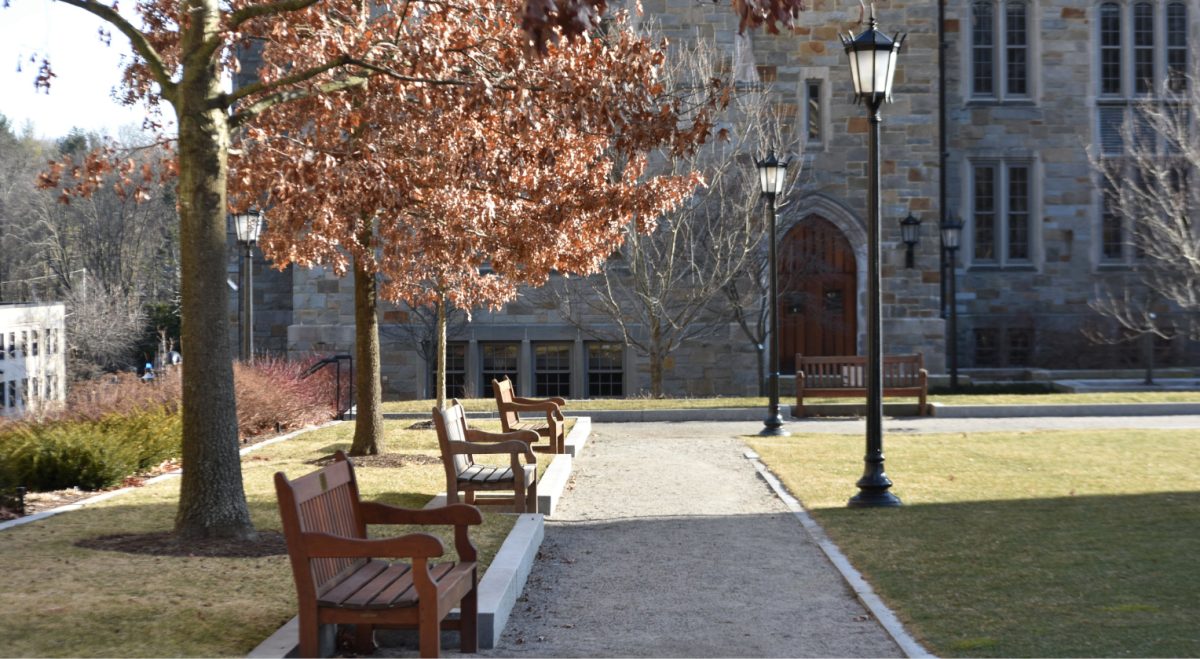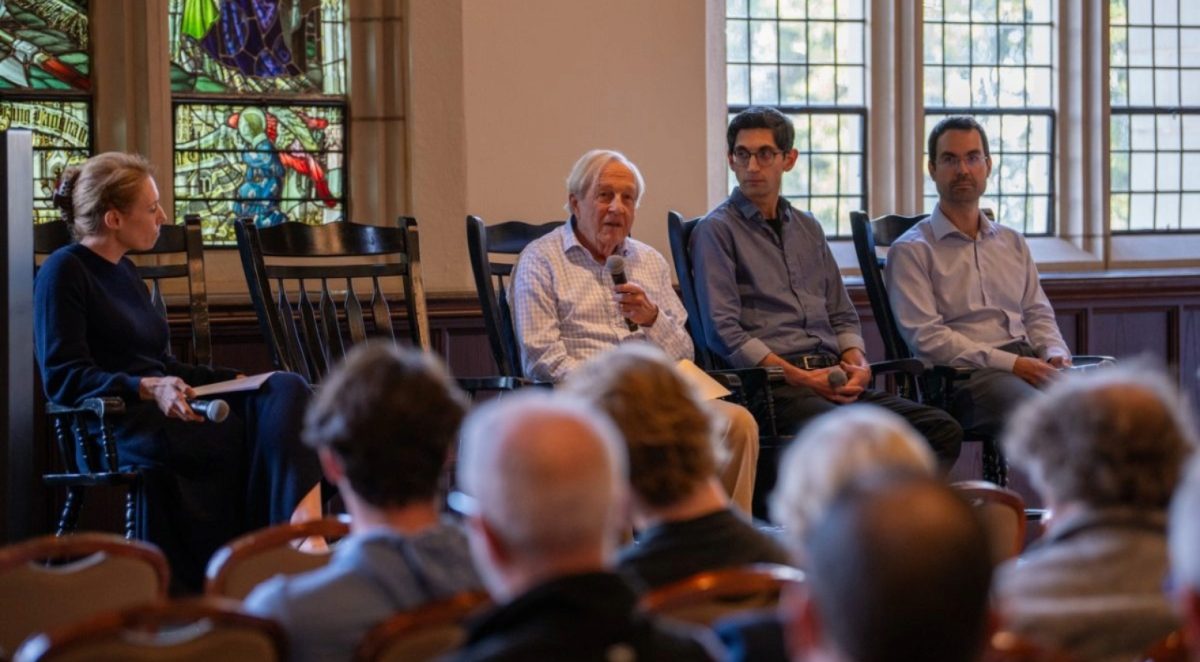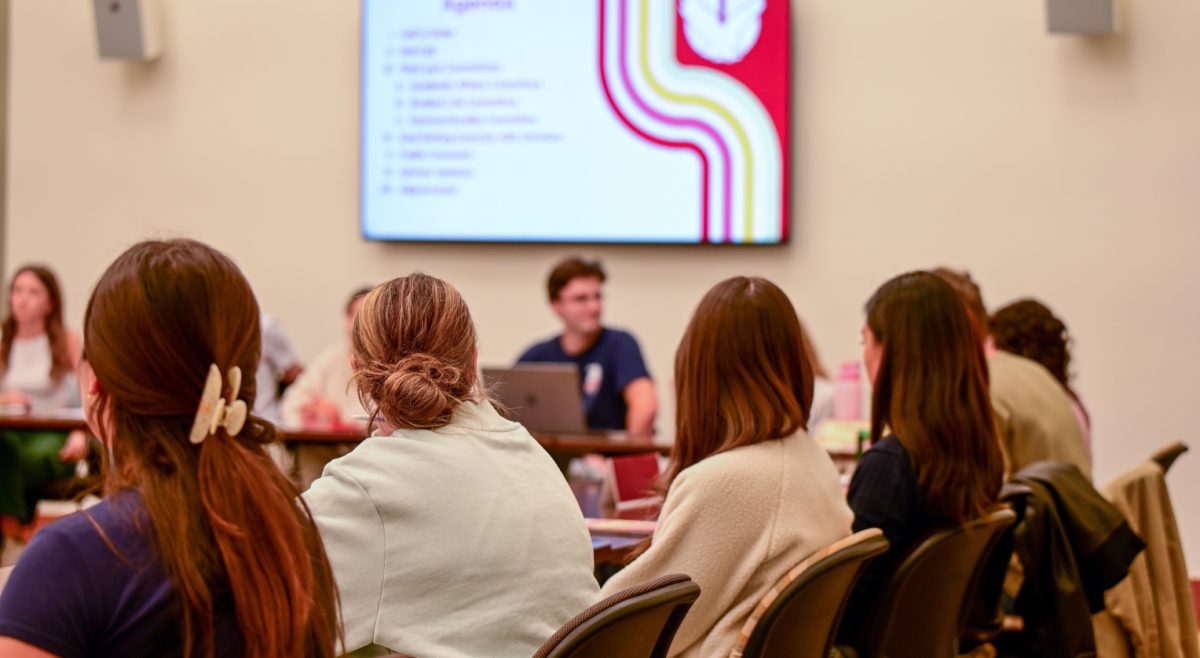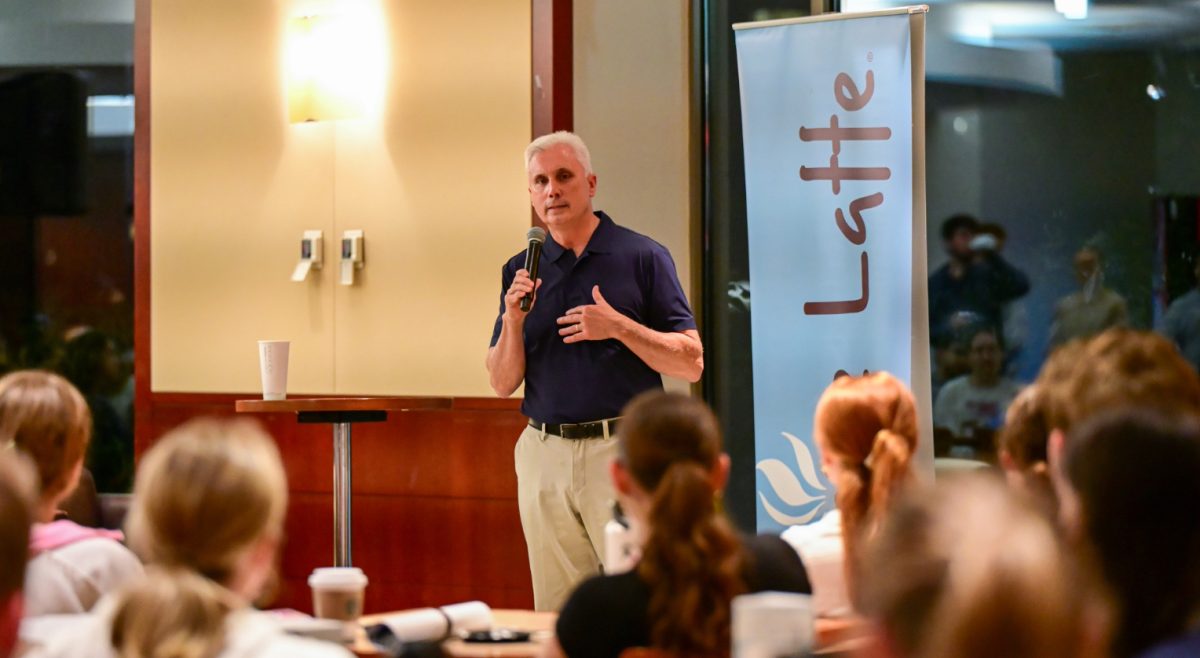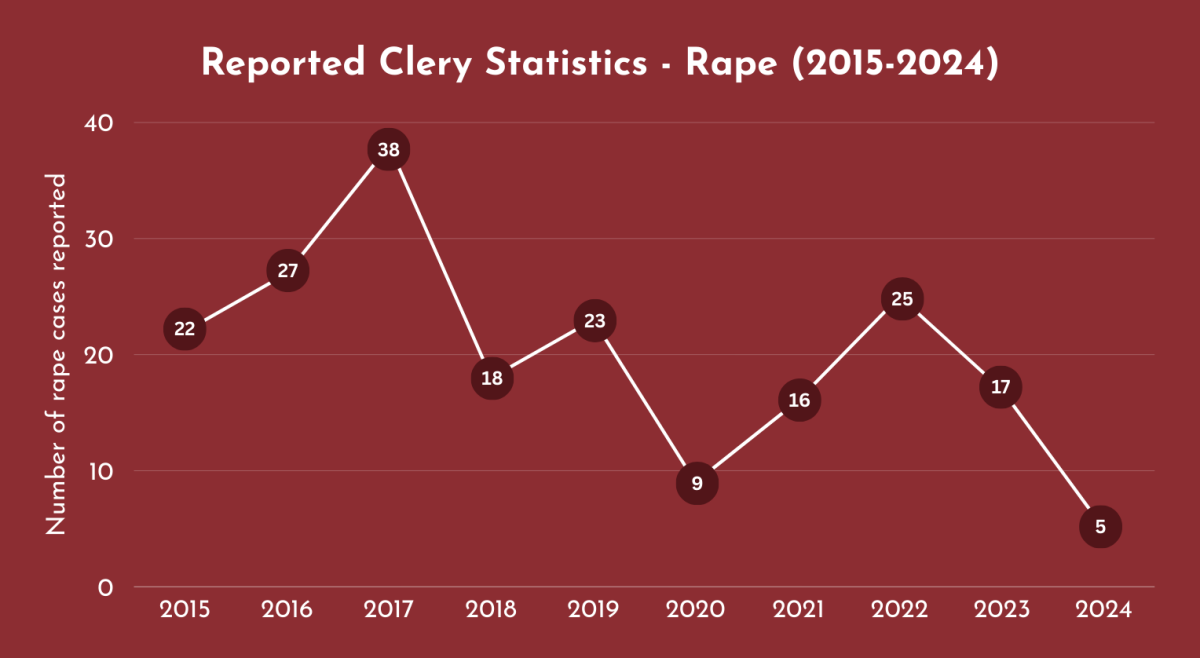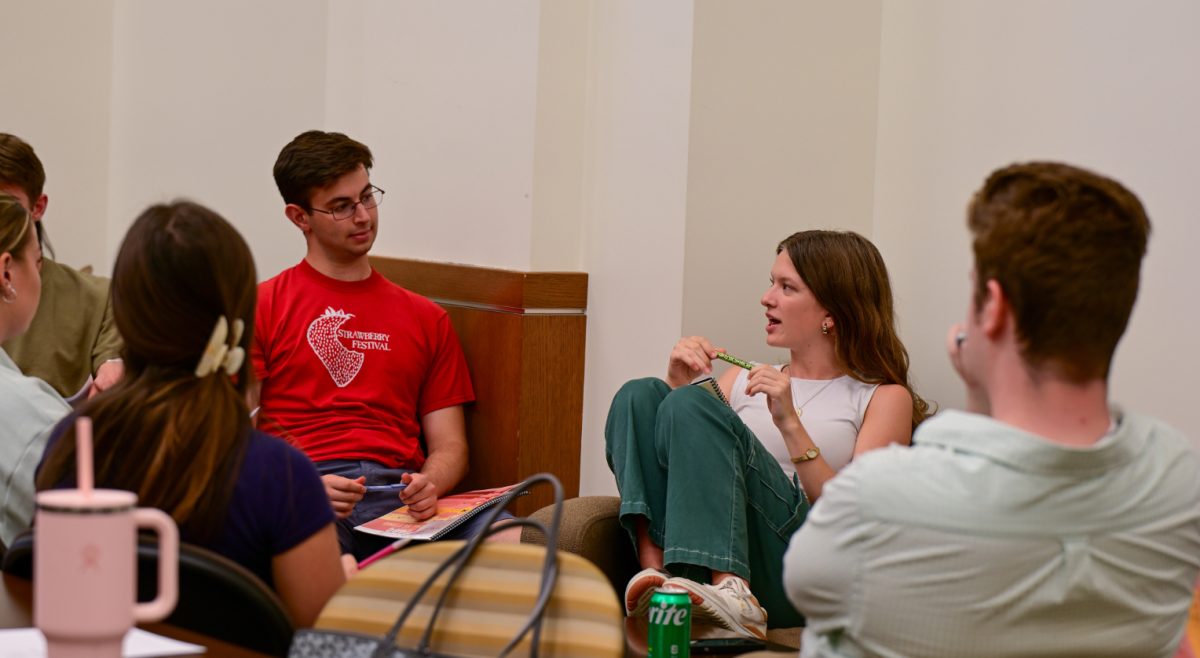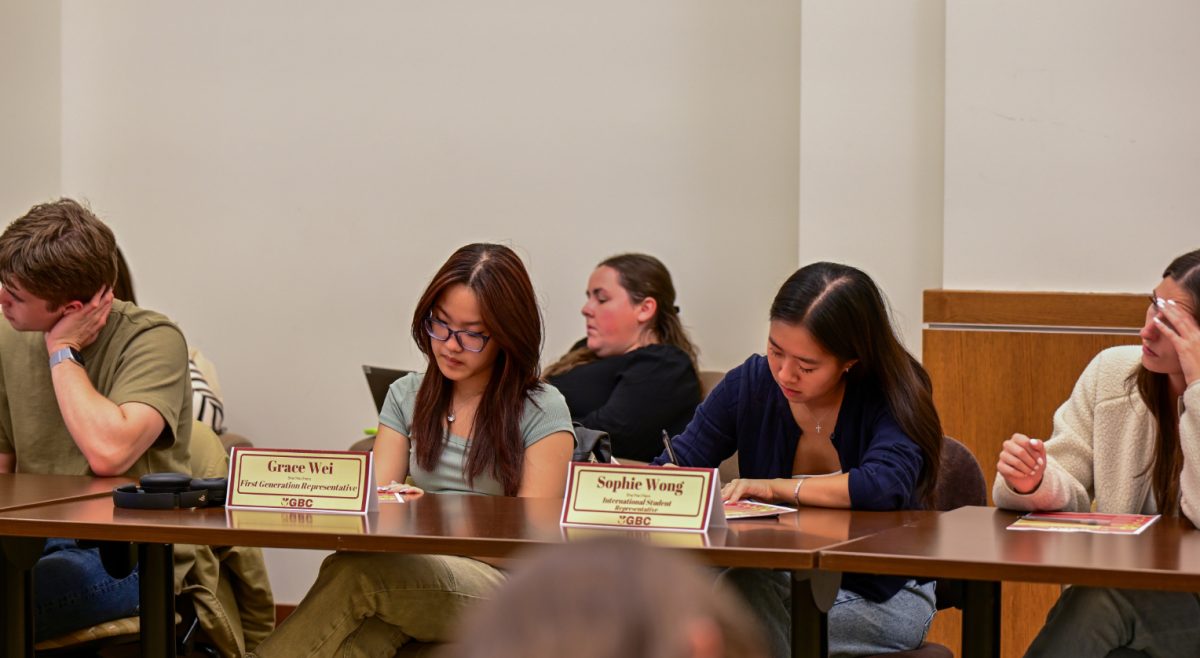The international student and faculty population at Boston College rose for the sixth consecutive year to the highest level ever recorded, according to data recently released by the Office of International Students and Scholars (OISS).
The statistics, released every year by OISS, break down the population by region, country, class year, and field of study.
Including dependents-spouses or children who relocate with their family member-the international population at BC is 1,974, a 16 percent increase from last year. Undergraduate and graduate students make up the bulk of the population, accounting for 65 percent of the total.
In addition to undergraduate and graduate students, the numbers also include faculty and research scholars and students who are in practical training programs-typically one-year employment programs that students who have already graduated participate in. Exchange students-who come to BC for a study-abroad program-are also included in the numbers.
Asia, where 57 percent of the international population comes from, is the most represented region. Europe is second, accounting for 20 percent of the population.
Among the 645 undergraduate international students, economics (103) is the most popular major, followed by finance (73), and communication (49). Undergraduates from abroad make up 7 percent of the total undergraduate student population at BC.
The steady increase in the international population is due in part to a number of new programs offered by the University at the graduate level, said Adrienne Nussbaum, director of OISS.
“Over the last number of years, there have been grad programs that have been added that really have attracted international students,” she said. “So, for example-it’s been a couple of years now-but when BC acquired the School of Theology and Ministry from Weston [Jesuit School of Theology], a lot of the students in that school are international and from countries and continents that weren’t represented before.”
Currently, 64 international graduate students are enrolled in the School of Theology and Ministry (STM), which was acquired by BC in June 2008. Approximately 270 full-time and 90 part-time students are enrolled in the school.
At the graduate level, foreign students are attracted to a number of programs geared toward international students. The law school offers a masters program for foreign lawyers; the masters in accounting program in GCSOM has a large foreign representation; and the Graduate School of Social Work has an international Ph.D. program.
“Part of our increase is just the cumulative affect of new programs at BC that attract international students.”
Nussbaum said that the increase in Chinese students at BC in the last three or four years has largely been responsible for the increase in the number of foreign undergraduates. Currently, 366 Chinese students are studying as either undergraduate or graduate students at BC, making China the most represented foreign country at the University.
“China has always been the No. 1 [represented] country for many years, it just was always at the graduate level,” Nussbaum said. “And now we are really seeing that at the undergraduate level, as well,” Nussbaum said.
Typically, undergraduate students are recruited by the Office of Admissions, most apply to the University, and, if accepted, are assisted by the OISS during their time on campus. The office, which Nussbaum has worked in since 1987, offers immigration information and services, programming, and course advising to international students.
The international population at BC is growing at approximately twice the national level, when compared to the most current data released by the Institute of International Education (IIE), a nonprofit organization that works to advance international education.
According to a November article in The Wall Street Journal, which summarized IIE’s annual report, in the 2012-13 school year, 819,644 international students studied in the U.S.
The number, which includes both undergraduate and graduate students, represents a 7.2 percent increase in the international student population from the previous academic year, making the 2012-2013 academic year the seventh consecutive increase in foreign students studying in the U.S.
At BC, since the international student population first exceeded 1,000 in the 2003-04 academic year, it has increased by 83 percent.

